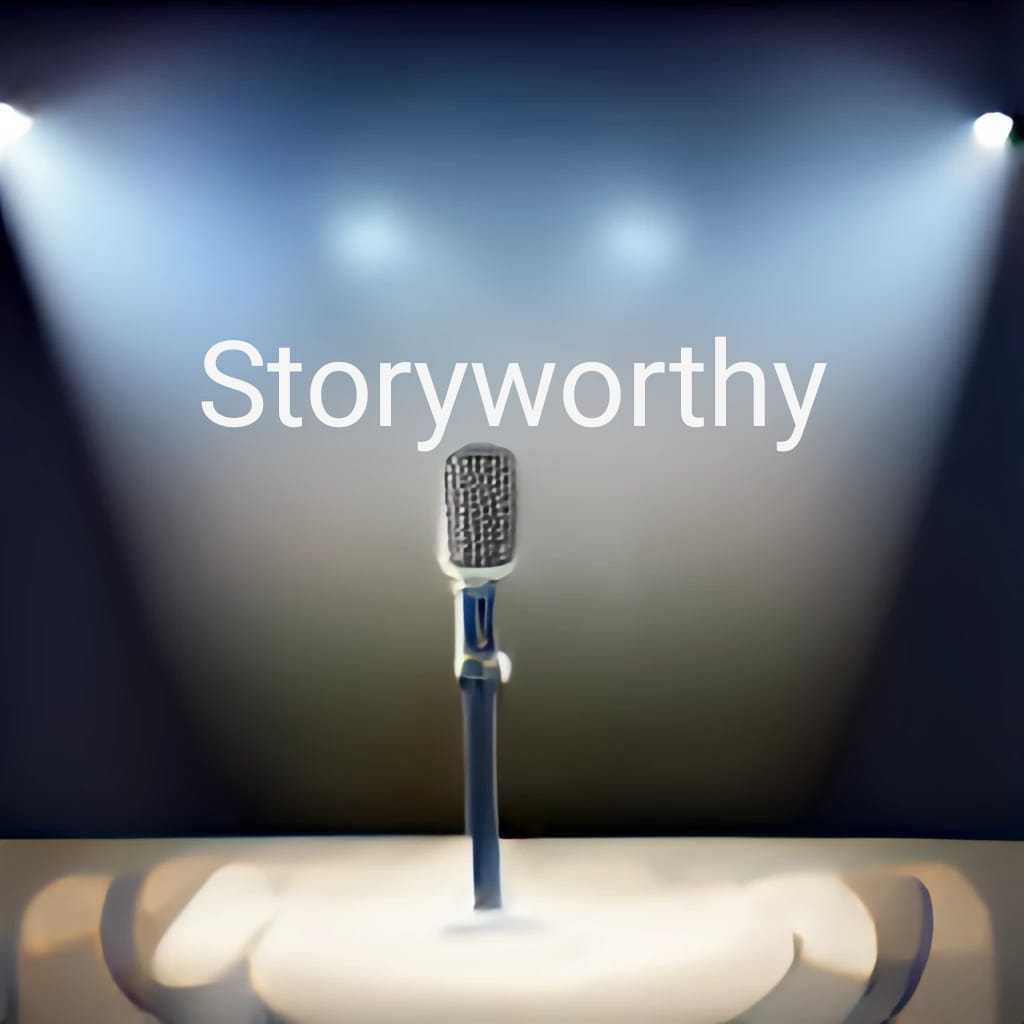
STORYWORTHY
I started reading StoryWorthy with a set of expectations. I thought it was about having great conversations. I was hoping to learn ways to speak in a more entertaining manner. But it was more about constructing stories to share on a stage and less about having everyday conversations. The author, Matthew Dicks, says that the lessons from the book will help us in all walks of life, from having dinner table conversations to making a sales pitch. Well, I was not convinced of it. The author says that one should only tell stories from their own experience. Otherwise it becomes a recitation of a fable, which people wouldn't be interested to listen at a party. This is the only piece of advice that felt relevant to non-stage scenario.
That said, I enjoyed reading the book very much. It is well thought out. I could see that there has been real effort put in to make the ideas consumable and well structured.
If you do not want spoilers from the book, please stop reading here. The rest of the notes will make sense only if you have read the book.
An exercise called Homework For Life is claimed to be the most useful method to find new stories from everyday life. It sounds fairly simple. At the end of each day, one should sit down and note down at least one significant moment, small or big, from the day that brought about some insight. I did consider starting this exercise to test the effectiveness but couldn't keep up after a couple of days. But, hey! I think I should cut myself some slack here. Being a first time mom of a two month old baby makes me prioritise sleep over this daily reflection. I will visit this again at a later time. Another exercise explained in the book is very much similar to free flow journaling for 15 minutes and then reading it to find stories and anecdotes.
The idea behind the exercise is to find 5 second moments in the day that you would want to remember - the moment where something significant happened or when you had a change in perspective or when you underwent some transformation. When you decide to tell a story, you choose one such moment and make it the crux of the story. Everything else in the story - the humour, the anecdotes, are added towards realising this moment.
The story should start with a scene in contrast to the 5 second moment and the story arc brings about the contrast.
It is important to give your audience a scene to visualise throughout the progression of the story. As a storyteller, one should not memorize the entire story. That reduces the authenticity and emotions from the story. Instead one should only remember these scenes and their order in the story and talk about them to one's audience.
Next, think about the stakes in the story. Stakes hold your listeners attention. Example, dinosaurs in the movie Jurassic Park. You can do this by setting up expectations, by telling about "the plan" that will eventually fail, by leaving "breadcrumbs" to increase anticipation, using an hourglass method to slow the story down just before the big 5 second moment. Take moments of humour and make them as funny as possible. There are two strategies for this - Milkcan and baseball, and Babies and blenders. I will refrain from explaining these strategies here.
Now that you have a story arc, it is time to trim it down. Remove any person or thing that will take a share of listener's attention away from the 5 second moment. Rearrange the events to make them more interesting. Assume the things that you cannot absolutely remember. Conflate the time so that the story happens in a shorter period of time.
That's it. That's how you architect a good story. I think I might read this book again in the future, or atleast listen to the audiobook. It is definitely one of the good books I have read in recent times.